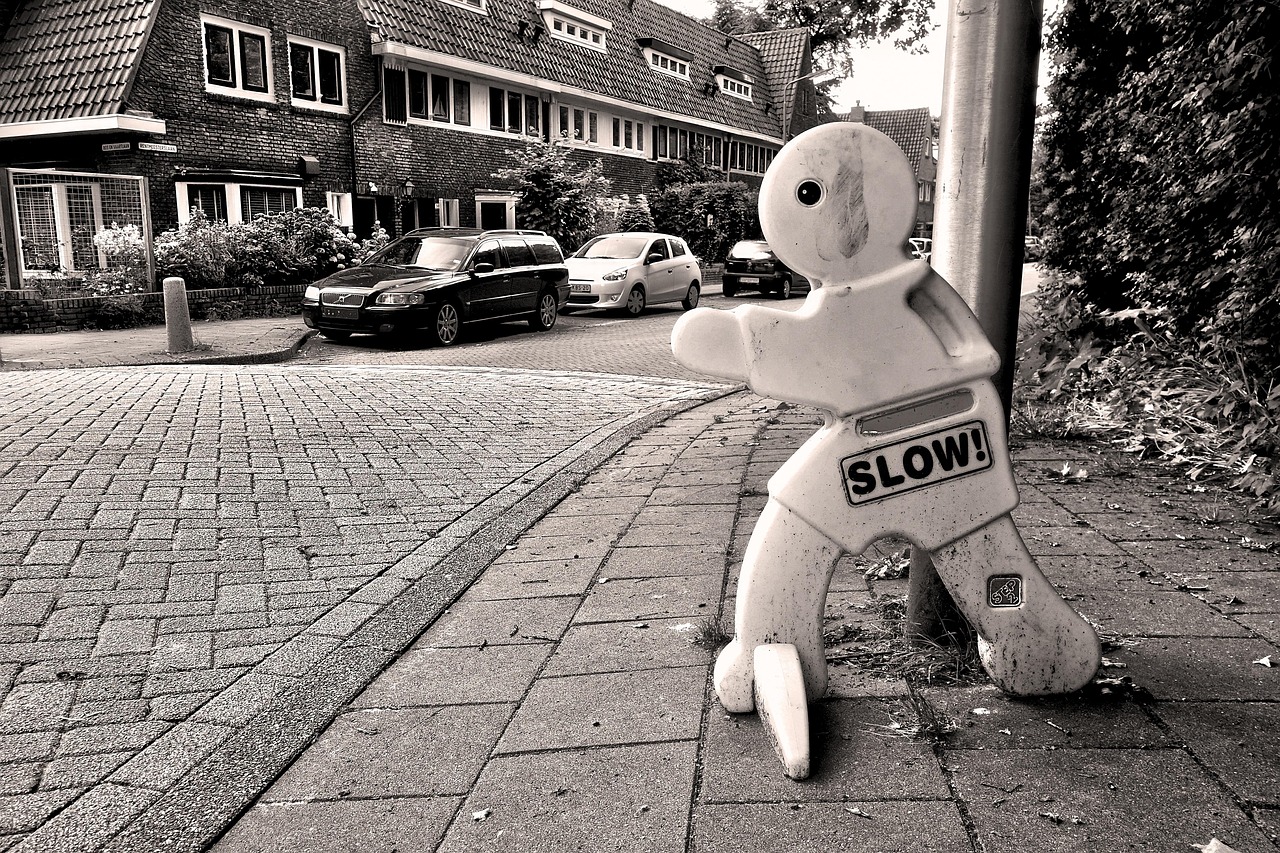疫情结束英语版(疫情结束英语版怎么说)
The End of the Pandemic: A Journey Through Hope and Resilience
In the early days of the COVID-19 pandemic, the world stood still as the virus swept across borders, transforming lives and reshaping societies in ways unimaginable just months prior. Cities went quiet, economies teetered on the brink of collapse, and the phrase "new normal" became a daily mantra. As we stand on the cusp of a post-pandemic era, it's time to reflect on the journey we've been through, the lessons we've learned, and the hope that lies ahead.
The Unfolding Crisis
The first reports of an unusual respiratory illness emerged from Wuhan, China, in late 2019. Initially dismissed as a local concern, the virus quickly escalated into a global pandemic, spreading rapidly through air travel and causing governments to impose lockdowns and restrictions. The world witnessed a sudden shift from daily routines to a state of uncertainty and fear.
Economic Impact: The pandemic's initial impact was felt in the economic sphere. Businesses shuttered their doors, unemployment rates soared, and entire industries teetered on the edge of collapse. The International Monetary Fund (IMF) estimated that the global economy would contract by 3% in 2020—the worst recession since the Great Depression.
Healthcare Systems: Healthcare systems around the world were pushed to their limits. Hospitals in Italy, New York City, and other hotspots were overwhelmed with cases, leading to a shortage of medical supplies, personal protective equipment (PPE), and even ventilators. Healthcare workers became heroes, battling against a virus that seemed unbeatable at times.
Social Disparities: The pandemic also exposed and exacerbated existing social inequalities. Access to healthcare, food security, and basic necessities became a struggle for many, particularly low-income families and marginalized communities. The digital divide further widened as those without reliable internet struggled to access online resources and services.

The Road to Recovery
Despite the challenges, humanity displayed remarkable resilience and ingenuity in finding ways to navigate this unprecedented crisis. Vaccines were developed at record speed, economies began to reopen cautiously, and societies adjusted to a new way of life.
Vaccine Rollouts: The development and distribution of COVID-19 vaccines marked a turning point in the pandemic's trajectory. From mRNA technology to traditional methods, scientists around the world worked tirelessly to create effective and safe vaccines. By mid-2021, several vaccines had received emergency use authorization from regulatory bodies like the FDA and EMA. While rollout was initially slow due to logistical challenges and hesitancy, by late 2021 and early 2022, many countries had administered enough doses to achieve herd immunity in large parts of their populations.
Economic Rebound: As vaccines became widely available and restrictions eased, economies began to recover. While the path to full recovery remains uncertain, there are signs of hope. The IMF revised its 2021 growth forecast upward to 6%, indicating a stronger-than-expected rebound. However, challenges remain, particularly for sectors like tourism and hospitality that were hit hard by the pandemic.
Social Adaptations: Societies adapted to new norms, with masks becoming a ubiquitous accessory and social distancing a new norm. Virtual meetings and online learning became the new normal for many, leading to innovations in technology and new ways of interacting. Mental health resources were prioritized as the pandemic's emotional toll was recognized.

Lessons Learned and Future Considerations
The pandemic has not only tested our resilience but also provided valuable lessons for the future. As we move forward into a post-pandemic world, these lessons will be crucial in preparing for future challenges.
Healthcare Preparedness: The pandemic highlighted the need for better healthcare preparedness and response systems globally. Investing in public health infrastructure, strengthening surveillance systems, and ensuring equitable access to healthcare are essential for future crises.
Economic Resilience: The pandemic exposed vulnerabilities in global supply chains and economic resilience. Diversifying trade routes, investing in domestic production, and strengthening small businesses can help mitigate future disruptions.
Social Cohesion: The pandemic underscored the importance of social cohesion and community support. Governments and societies must continue to prioritize social welfare programs that address inequalities and ensure access to basic necessities for all.

Digital Inclusion: The digital divide was a stark reminder of the need for inclusive technology policies. Ensuring equitable access to digital resources is crucial for education, healthcare, and economic opportunities.
The Future Awaits
As we stand on the threshold of a post-pandemic era, it's important to remember that while the worst may be behind us, challenges remain. The global community must continue to work together to build resilience against future pandemics, strengthen healthcare systems, and ensure equitable access to resources for all.
The end of the pandemic is not just about defeating a virus but about rebuilding societies that are stronger, more resilient, and more equitable than before. It's about learning from our mistakes and using this experience as a catalyst for positive change. As we move forward into this new era, let us carry with us the lessons learned from this journey—hope, resilience, and a commitment to building a better future for all.





还没有评论,来说两句吧...